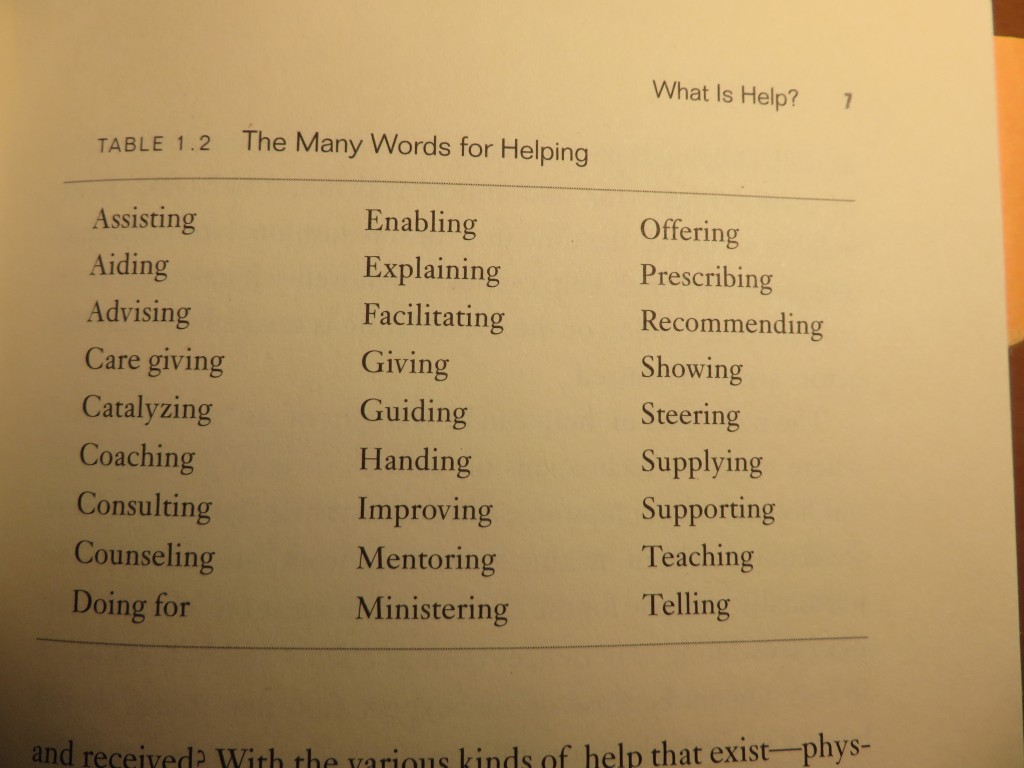I recently read the textbook Communicating Mindfully by Dr. Dan Huston (@huston_dan) who has written a practical resource for instructors in post-secondary education. Though I was drawn to many ideas throughout the book, in this post I consider those from Becoming Better Listeners (Chapter 3) because of their relevance to the work I do with the Formative Peer Review of Teaching Program and in my other educational development work.
Why is active listening so rare in our lives?
Huston suggests that one of the main reasons active listening (sometimes called deep listening) is so rare in our lives is because of our wandering minds, which entertain regularly changing thoughts. Given that we typically function at high speed and on a tight schedule, efficiency is our priority. As such, we often allot a set time to conversations; this does not create the spaciousness needed for active listening. I have only to think about my Outlook calendar and typical work week: all my meetings (which are, in effect, discussions and/or conversations of one sort or another) have pre-determined start and end times.
Behaviours that interfere with active listening
In contexts where we do not create spaciousness for conversations, we may behave in ways that interfere with active listening. Such behaviours include:
- denying how the other person is feeling
- interrogating (e.g., “didn’t I tell you not to…?”)
- giving unwanted advice and/or psychological opinions
- asking questions that pull the speaker away from what they are trying to stay (i.e., steering the conversation in the direction we want)
- blaming the person (‘x happened because you left things to the last minute’)
Huston notes that the above list has been adapted from Rebecca Shafir’s book The Zen of Listening: Mindful Communication in the Age of Distraction (p.123-129.)
Self-awareness improves deep listening
Though Huston recognizes that some of the behaviours above may be appropriate in specific conditions (e.g., asking questions to get someone back on a topic), he points out that it is our impatience which often leads to the interfering behaviours. This resonated with me. Huston suggests that when we feel strong emotions, such as impatience, as we are listening, we can learn to observe the emotions in our brains and body. Though it seems paradoxical, we can become better listeners when we are more self-aware. This sort of mindfulness recognizes that we cannot predict or necessarily choose how we are going to feel in a conversation, yet it can help us be more attentive to the present moment. By making “empathy a higher priority than getting things done quickly” (p.64), we can become better listeners. That empathy needs to be directed towards the conversation partner and towards ourselves when we experience emotions, as listeners, that make us potentially less skillful listeners.
Interested in practicing mindfulness and/or using it in your teaching or educational development practice?
Huston provides many do-able mindfulness exercises throughout his book (and he counters the fear that practicing mindfulness means having to do everything at “a snail’s pace”). These exercises can be applied in teaching and/or in non-teaching contexts. The web also has countless sites with suggestions, and recordings, etc. See, for example:



